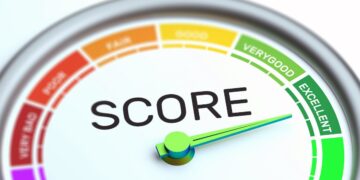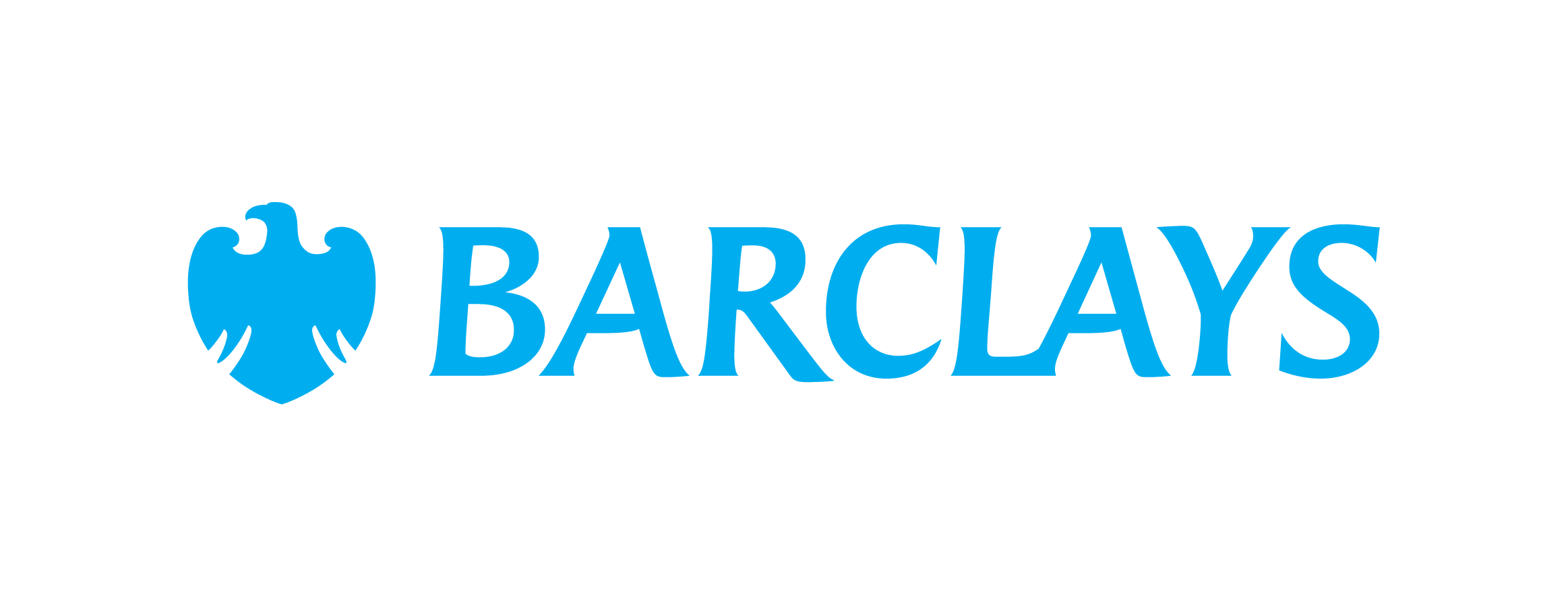What is a credit line, and how does it work?

When managing personal or business finances, having access to flexible credit can be a valuable tool. A credit line, often referred to as a line of credit (LOC), is one such financial product that offers borrowers a revolving source of funds. Unlike a traditional loan that provides a lump sum, a credit line allows individuals or businesses to borrow as needed, up to a predetermined limit.
In this guide, we will explore what a credit line is, how it works, the different types available, and the pros and cons of using one.
Understanding a credit line
A credit line is a flexible borrowing option that allows users to access funds when required, repay what they borrow, and borrow again, as long as they stay within the credit limit. It works similarly to a credit card in that you only pay interest on the amount you use rather than the total available credit.
Credit lines can be secured (backed by collateral, such as a property) or unsecured (not requiring collateral but often having stricter eligibility requirements). They are commonly offered by banks, credit unions, and alternative lenders.
Unlike standard personal loans, which require fixed monthly repayments, credit lines allow borrowers to make flexible payments based on the amount they have drawn. This makes them particularly useful for covering short-term financial needs or managing irregular cash flow.
How does a credit line work?
1. Application and approval
To obtain a credit line, applicants typically need to apply with a lender. Approval is based on various factors, including credit history, income, debt-to-income ratio, and, in the case of secured credit lines, the value of the collateral.
2. Credit limit is set
Once approved, the lender assigns a credit limit based on the borrower’s financial profile. This limit represents the maximum amount that can be borrowed at any given time.
3. Funds can be accessed as needed
Borrowers can withdraw funds from the credit line whenever they need, up to the credit limit. This can be done through online banking, bank transfers, or linked credit cards.
4. Interest is charged on the borrowed amount
Interest is only applied to the amount withdrawn, not the entire credit limit. The rates may be fixed or variable, depending on the lender and type of credit line.
5. Repayments are flexible
Most credit lines offer flexibility in repayments. Borrowers typically need to make at least a minimum payment each month, but they can repay more to reduce interest costs. Once a repayment is made, the available credit increases again.
Types of credit lines in the United Kingdom
There are different types of credit lines available in the United Kingdom , each suited to different financial needs.
1. Personal line of credit
A personal line of credit is an unsecured credit facility that individuals can use for a variety of purposes, such as covering unexpected expenses, home renovations, or education costs. Since it is unsecured, lenders often require a strong credit score and steady income.
2. Business line of credit
Businesses use credit lines to manage cash flow fluctuations, purchase inventory, or fund short-term operational costs. This type of credit can be either secured or unsecured.
3. Home equity line of credit (HELOC)
A HELOC is a secured credit line backed by the borrower’s home equity. It allows homeowners to borrow against the value of their property, usually at a lower interest rate compared to unsecured options. However, failing to repay could put the property at risk.
4. Overdraft facility
An overdraft is a form of a credit line attached to a current account, allowing account holders to spend more than their account balance, up to a limit set by the bank. Interest and fees can apply, particularly for unarranged overdrafts.
5. Revolving credit facility
This type of credit line is commonly used by businesses but is also available for personal use. It operates similarly to a credit card, where borrowers can repeatedly withdraw and repay funds within an agreed credit limit.
Pros and cons of credit lines
Advantages
- Flexibility – Borrowers can withdraw only what they need, reducing unnecessary debt.
- Interest is charged only on what is used – Unlike traditional loans, interest applies only to the amount withdrawn.
- Convenient access to funds – Funds are readily available without needing to reapply for a new loan each time.
- Useful for cash flow management – Particularly for businesses, a credit line can help cover short-term gaps in revenue.
- Revolving credit – Borrowers can use, repay, and reuse funds without reapplying.
Disadvantages
- Higher interest rates than traditional loans – Unsecured credit lines often have higher interest rates compared to personal loans.
- Potential for overspending – The flexibility of a credit line can lead to excessive borrowing if not managed properly.
- Variable interest rates – Some credit lines have variable rates, meaning repayments could increase if interest rates rise.
- Fees may apply – Some lenders charge fees for opening, maintaining, or withdrawing from a credit line.
- Impact on credit score – Late or missed payments can negatively affect a borrower’s credit rating.
Who should consider a credit line?
A credit line can be a good option for:
- Individuals needing flexible short-term funding.
- Business owners who experience cash flow fluctuations.
- Homeowners with sufficient equity looking for lower-interest credit.
- Borrowers who can manage repayments responsibly.
However, those with a history of overspending or struggling with debt may want to consider alternative financing options.
How to qualify for a credit line in the United Kingdom
Eligibility varies depending on the lender and the type of credit line. However, common requirements include:
- Good credit score – Lenders typically prefer applicants with a strong credit history.
- Stable income – Proof of consistent earnings is essential.
- Low debt-to-income ratio – Having manageable existing debts improves approval chances.
- Collateral (for secured credit lines) – For HELOCs or business credit lines, assets may be required.
Before applying, it’s advisable to check your credit report, compare offers, and ensure the terms align with your financial goals.
If you are a business owner considering a credit line, the British Business Bank provides essential information on financing options for businesses, which you can access here.
Major UK Banks Offering Lines of Credit
Several prominent banks in the United Kingdom provide lines of credit to cater to the diverse financial needs of individuals and businesses. Below are some of the key institutions:
1. Barclays
Barclays offers personal loans with flexible terms, allowing customers to borrow amounts tailored to their needs. While they do not offer traditional lines of credit, their personal loan products can serve similar purposes for planned expenditures.
2. Lloyds Bank
Lloyds Bank provides personal loans with competitive rates, suitable for various financial requirements. Although they don’t offer a revolving line of credit, their loan options can assist with significant purchases or debt consolidation.
3. HSBC
HSBC offers personal loans with quick access to funds, allowing borrowing between £1,000 and £25,000. These loans come with fixed monthly repayments, providing certainty over payment amounts.
4. Santander UK
Santander provides personal loans ranging from £1,000 to £25,000, with the flexibility to overpay at no extra cost. Their loans are designed to help with various needs, from home improvements to debt consolidation.

5. NatWest
NatWest offers personal loans with a straightforward application process, allowing customers to borrow up to £50,000. Their loans come with fixed interest rates, ensuring consistent monthly payments.
When considering a line of credit or a personal loan, it’s essential to assess your financial situation and compare the terms offered by different lenders to find the most suitable option for your needs.
A credit line can be a powerful financial tool for individuals and businesses seeking flexibility in borrowing. Whether used for emergency expenses, business funding, or managing fluctuating cash flow, it offers convenience and control over borrowing. However, it’s important to use it responsibly, ensuring repayments are made on time to avoid unnecessary debt accumulation.
For those considering a credit line in the United Kingdom, comparing lenders, understanding interest rates, and assessing personal financial habits are key steps in making an informed decision.
Before taking on any credit, ensure that you fully understand the terms, costs, and potential risks involved. Consulting with a financial advisor can help determine whether a credit line is the right choice for your situation.
Related content

Debt repayment strategies in the UK: understand how it works and if it’s right for you

Smart ways to refinance debt and pay less interest in the UK

Navigating the UK Cost of Living Crisis: Essential Tips for 2025

How AI Is Changing Personal Finance in the UK: Tools, Advice and Access

How credit score works and how to improve it

